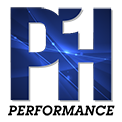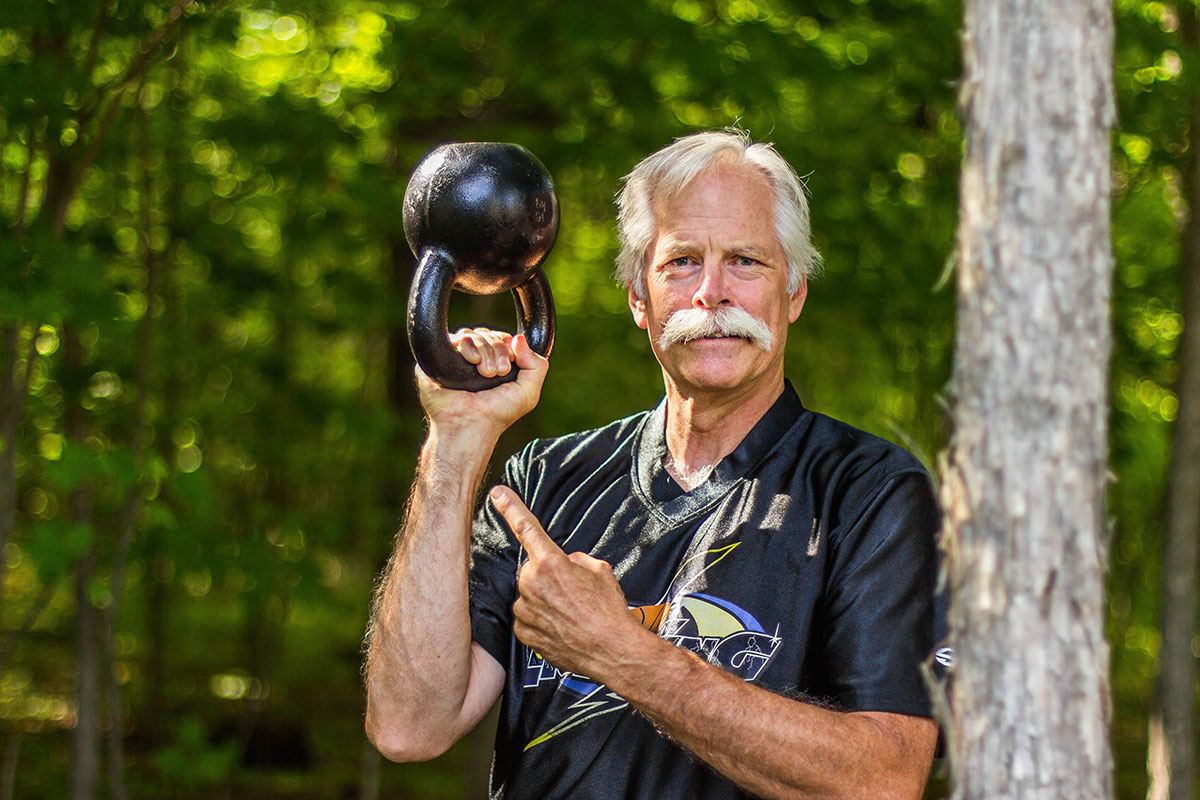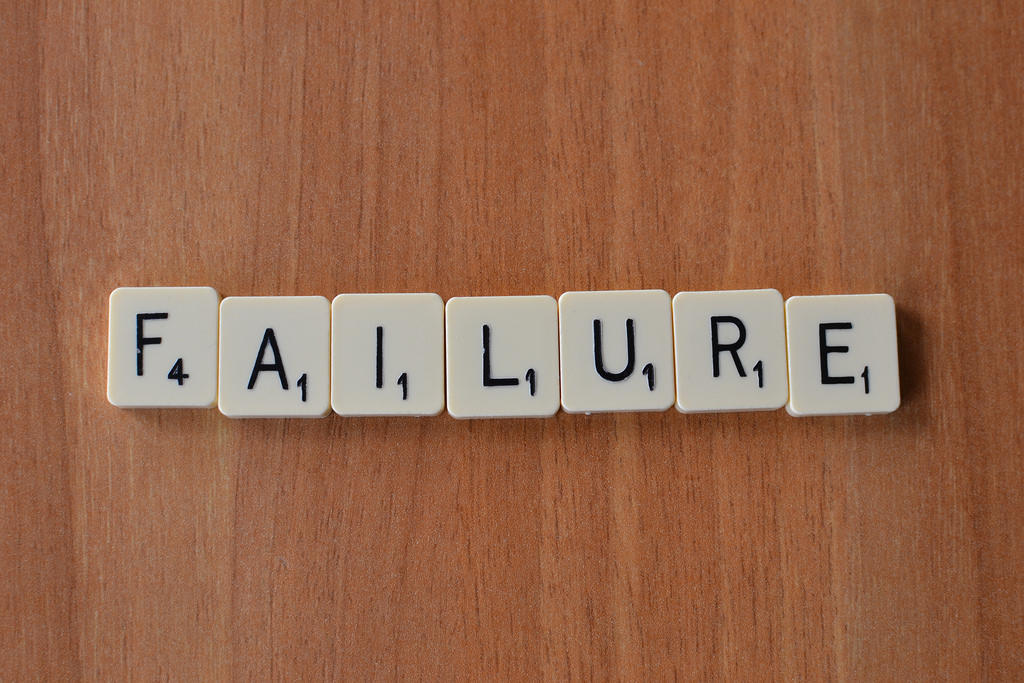WRITING YOUR FIRST BOOK
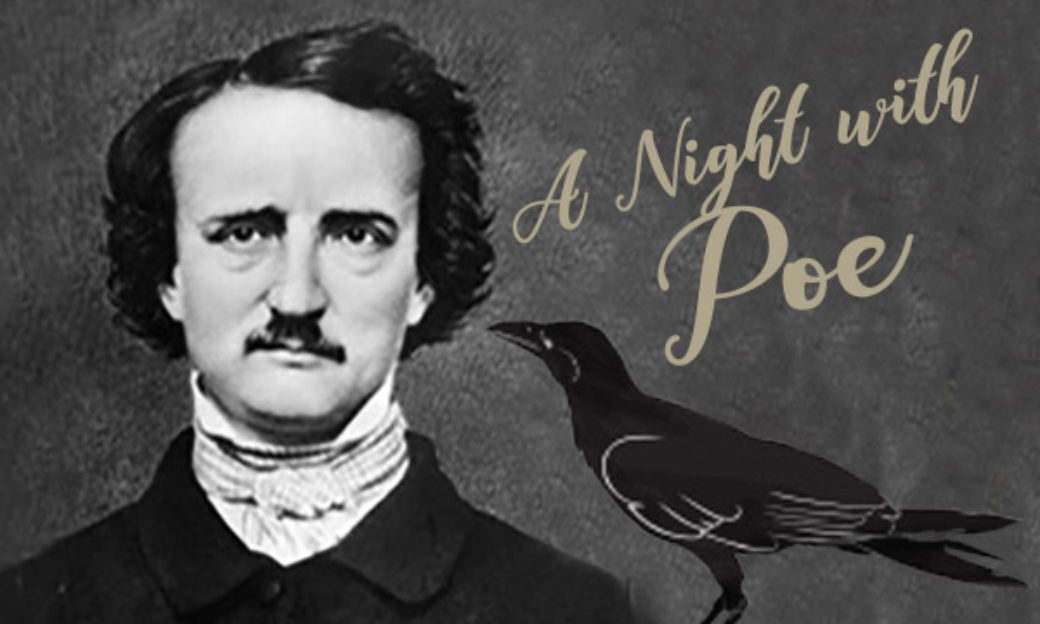 I will never forget reading Edgar Allen Poe in Mr. Lyman’s 8th grade English class. Edgars stories like “The Pit and the Pendulum,” and “The Cast of Amontillado” were the first literature I truly enjoyed reading. They had mystery, suspense, character development and a flow which left me wanting more. Although I enjoyed reading, it was the writing assignments in Mr Lyman’s class that had me catch fire. His thought provoking assignments forced his students to get into the minds of the readers and deliver work that left the reader a more advanced, a more passionate and a more informed human being. For some, writing can be intimidating, daunting and risky; however, as the saying goes “the greatest risk is not taking one!” The daunting task of coming up with a vision, researching content, putting it to paper and then making it public facing can be paralyzing. However, if you engage in the following simple steps and follow your heart, anyone can become a published author. For those that have ever thought about taking the risk and putting pen to paper; this blog will cover the basics of getting started on your first manuscript.
I will never forget reading Edgar Allen Poe in Mr. Lyman’s 8th grade English class. Edgars stories like “The Pit and the Pendulum,” and “The Cast of Amontillado” were the first literature I truly enjoyed reading. They had mystery, suspense, character development and a flow which left me wanting more. Although I enjoyed reading, it was the writing assignments in Mr Lyman’s class that had me catch fire. His thought provoking assignments forced his students to get into the minds of the readers and deliver work that left the reader a more advanced, a more passionate and a more informed human being. For some, writing can be intimidating, daunting and risky; however, as the saying goes “the greatest risk is not taking one!” The daunting task of coming up with a vision, researching content, putting it to paper and then making it public facing can be paralyzing. However, if you engage in the following simple steps and follow your heart, anyone can become a published author. For those that have ever thought about taking the risk and putting pen to paper; this blog will cover the basics of getting started on your first manuscript.
WRITE YOUR PASSION
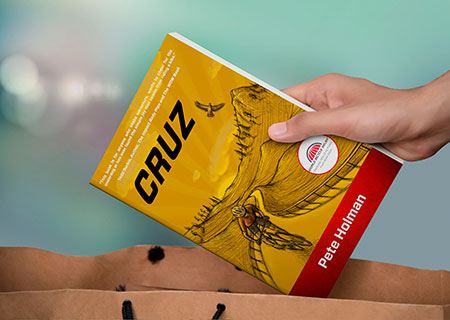 The largest challenge for most writers is knowing where to start. If you are writing non-fiction, it makes sense to write about something you are familiar with, educated in or deeply passionate about. Maybe you are a bird lover, wine connoisseur or salesperson with years of experience and trade secrets that can help others experience your joy and success while learning something new. Do you have special gifts, talents or areas of expertise that others don’t? If so, consider sharing them with the world! To be honest, most people thought my first book would be about strength and conditioning, yet when I got the urge to start writing I needed something different. Having been immersed in writing strength and conditioning literature and publishing articles in that field, I elected taking a break from the industry. Thats when I relied on my heart and decided to write a fictional piece. I have always been fascinated with the underdog, with bullying and with athletic coming of age stories; can anyone guess what my book is about?
The largest challenge for most writers is knowing where to start. If you are writing non-fiction, it makes sense to write about something you are familiar with, educated in or deeply passionate about. Maybe you are a bird lover, wine connoisseur or salesperson with years of experience and trade secrets that can help others experience your joy and success while learning something new. Do you have special gifts, talents or areas of expertise that others don’t? If so, consider sharing them with the world! To be honest, most people thought my first book would be about strength and conditioning, yet when I got the urge to start writing I needed something different. Having been immersed in writing strength and conditioning literature and publishing articles in that field, I elected taking a break from the industry. Thats when I relied on my heart and decided to write a fictional piece. I have always been fascinated with the underdog, with bullying and with athletic coming of age stories; can anyone guess what my book is about?
MAKE A ROADMAP
One of the hardest aspects of writing is organizing one’s thoughts, settling on a destination and then creating a route to get there. Fictional pieces are much more difficult to develop a roadmap for, in this case, I recommend focusing on character development. Who are your main characters and what makes them unique: hobbies, interests, character faults, special gifts, triggers, musical interests, aspirations, pain points, etc., all help shape your characters and ultimately your story. You can actually make post-it notes of characters and place them on a cork board or simply create a word document outlining the personality traits of each character. Seeing your characters as individuals will help you further develop them and give you insight on how you want them to interact together.
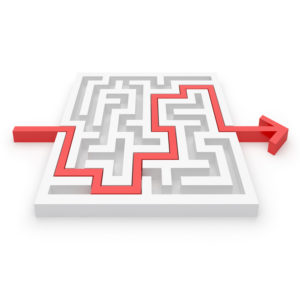 Do you have a “red thread” for your story? A red thread is a device used to connect characters, places and things and serves as a common central theme that emerges in the story to help tie everything together. The concept originates from a story in Greek mythology, in which Theseus goes into a labyrinth to slay a Minotaur and save his village. In order to find his way out of the labyrinth in the darkness of night, he decides to string a red thread on his way in so he could retrace his steps after killing the beast. The red thread is analogous to the challenges and obstacles we face in life and how to best navigate them. In my book CRUZ, the central character gets a bike from his parents for his 13th birthday which they called El Cohete Rojo (The Red Rocket.) The joy, freedom and purpose he experiences from riding his bike high atop the Sierra Gorda mountains serves as a driving force throughout the rest of his life and propels the impoverished Mexican immigrant towards becoming an elected senator for the state of Colorado. In Sue Monk Kidd’s critically acclaimed novel “The Secret Life of Bee’s” the red thread is the beehive. The beehive is a symbol of community and the intricacies of beekeeping mirror interpersonal relationships, life, death and even rebirth. Although it is not imperative to have a red thread, the device serves as a compass to keep both you and the eventual reader on track.
Do you have a “red thread” for your story? A red thread is a device used to connect characters, places and things and serves as a common central theme that emerges in the story to help tie everything together. The concept originates from a story in Greek mythology, in which Theseus goes into a labyrinth to slay a Minotaur and save his village. In order to find his way out of the labyrinth in the darkness of night, he decides to string a red thread on his way in so he could retrace his steps after killing the beast. The red thread is analogous to the challenges and obstacles we face in life and how to best navigate them. In my book CRUZ, the central character gets a bike from his parents for his 13th birthday which they called El Cohete Rojo (The Red Rocket.) The joy, freedom and purpose he experiences from riding his bike high atop the Sierra Gorda mountains serves as a driving force throughout the rest of his life and propels the impoverished Mexican immigrant towards becoming an elected senator for the state of Colorado. In Sue Monk Kidd’s critically acclaimed novel “The Secret Life of Bee’s” the red thread is the beehive. The beehive is a symbol of community and the intricacies of beekeeping mirror interpersonal relationships, life, death and even rebirth. Although it is not imperative to have a red thread, the device serves as a compass to keep both you and the eventual reader on track.
For those of you writing non-fictional work, the road map is often easier to establish. If you are writing a book on how to open a gym, the chapters or “roadmap” might already be laid out for you based on general business guidelines. For instance:
- Perform market research
- Establish your location
- Incorporate your LLC
- Seek investment capital
- Create your vision
- Build your team
- Establish your systems
- Sales and marketing
- Fine Tuning
- Opening Day
Regardless of what you are writing about developing a roadmap will help you organize your thoughts, stay on track and give you some ideas for a red thread.
TIME MANAGEMENT
 The largest challenge for most first time authors is finding the time to write. What you will find is that setting aside an hour here or there does not get it done; in fact, it’s more frustrating than productive. Writing is an intensive process and a form of art. It takes time to cultivate ideas, craft sentences, paragraphs and chapters and requires extreme focus. A strategy that worked well for me while writing CRUZ was to chunk together several hours of time once per week and make a date with myself to write. I found that it would take me the better part of an hour to review my previous work, another hour to brainstorm ideas and not until the third hour did I get in a flow. Another strategy is to plan writing retreats in which you get “off the grid” in an environment away from your friends, family and distractions. Spending two to three days focused on your book will allow you to immerse yourself into the process and is extraordinarily productive. I understand this is hard to do, but it is a game changer in getting things done and can be scheduled judiciously once a quarter or twice per year. Don’t forget, writing is a process and it takes time to create a masterpiece. CRUZ took me seven years to finish and I recently learned from one of the managers of a local bookstore that I am not alone. The book store owner said that many first time authors spend the better part of a decade to complete their first piece: be patient and enjoy the process.
The largest challenge for most first time authors is finding the time to write. What you will find is that setting aside an hour here or there does not get it done; in fact, it’s more frustrating than productive. Writing is an intensive process and a form of art. It takes time to cultivate ideas, craft sentences, paragraphs and chapters and requires extreme focus. A strategy that worked well for me while writing CRUZ was to chunk together several hours of time once per week and make a date with myself to write. I found that it would take me the better part of an hour to review my previous work, another hour to brainstorm ideas and not until the third hour did I get in a flow. Another strategy is to plan writing retreats in which you get “off the grid” in an environment away from your friends, family and distractions. Spending two to three days focused on your book will allow you to immerse yourself into the process and is extraordinarily productive. I understand this is hard to do, but it is a game changer in getting things done and can be scheduled judiciously once a quarter or twice per year. Don’t forget, writing is a process and it takes time to create a masterpiece. CRUZ took me seven years to finish and I recently learned from one of the managers of a local bookstore that I am not alone. The book store owner said that many first time authors spend the better part of a decade to complete their first piece: be patient and enjoy the process.
BUILD YOUR TEAM
If it takes a village to raise a child, it also takes a team to launch a book! Finding a publisher, hiring an agent and hiring a ghost writer are usually for “big time” authors that have had previous success. However, with the proliferation of platforms like Amazon and Kindle Direct Publishing, anyone can self publish. I found an amazing team called Scriptor Publishing which edited my book for me, helped me with cover design, instructed me on marketing strategy and set me up on Amazon and Kindle Direct Publishing. These were things that I previously had no experience with and paying the relatively small fee was more than worth it. I have 100% ownership of my work and if it starts to take off, I can always employ a larger publishing group for greater reach.
NOTES ON EDITING
 I always laugh when I hear sports analysts, whom have never competed at a high level, comment on an athlete being a natural. I understand there are genetic differences in athletes but I never have witnessed in my 30 years as a coach a child come out of the womb draining three pointers or throwing 95 mph fastballs. In reality, these athletes have played sports their entire life and honed their skills over countless repetitions. Writing is the same. If you think you’re going to sit down and “bang-out” a masterpiece in a few weekends of work, in the words of Judas Priest “You’ve Got Another Thing Coming!” Writing is about the process of drafting original content and then editing until you’re “blue in the face.” While writing CRUZ, not only did my sentence structure, wording and embellishments change every time I edited chapters, sometimes the entire storyline changed. It was a frustrating process but I quickly realized that every time I made a major edit, the overall story and flow improved 1% to 2%. When I first finished the rough draft, although I was pleased to be done, It felt like a C+ or B- piece of work. After countless edits and incremental improvement, I now feel it is in the A range. To truly finish a strong product you have to be comfortable with tweaking, changing, correcting and editing your work numerous times and just like a fine wine that sits horizontally on a shelf for years, once you uncork it, it will be worth the wait!
I always laugh when I hear sports analysts, whom have never competed at a high level, comment on an athlete being a natural. I understand there are genetic differences in athletes but I never have witnessed in my 30 years as a coach a child come out of the womb draining three pointers or throwing 95 mph fastballs. In reality, these athletes have played sports their entire life and honed their skills over countless repetitions. Writing is the same. If you think you’re going to sit down and “bang-out” a masterpiece in a few weekends of work, in the words of Judas Priest “You’ve Got Another Thing Coming!” Writing is about the process of drafting original content and then editing until you’re “blue in the face.” While writing CRUZ, not only did my sentence structure, wording and embellishments change every time I edited chapters, sometimes the entire storyline changed. It was a frustrating process but I quickly realized that every time I made a major edit, the overall story and flow improved 1% to 2%. When I first finished the rough draft, although I was pleased to be done, It felt like a C+ or B- piece of work. After countless edits and incremental improvement, I now feel it is in the A range. To truly finish a strong product you have to be comfortable with tweaking, changing, correcting and editing your work numerous times and just like a fine wine that sits horizontally on a shelf for years, once you uncork it, it will be worth the wait!
TAKE ME TO THE MOON
 When your launch day finally comes to fruition, it can be an overwhelming time. Hiring an independent publishing firm like Scriptor can help navigate the deep waters of launching your first book; some of the things I learned from them are highlighted below.
When your launch day finally comes to fruition, it can be an overwhelming time. Hiring an independent publishing firm like Scriptor can help navigate the deep waters of launching your first book; some of the things I learned from them are highlighted below.
- Build your platform so you have an active audience. If you’re not on social media, you are missing a great opportunity for free marketing. Social media is an easy way to help sell your book, but you have to make sure that you have given your audience weekly, if not daily value from your content. Once you build a loyal following that trusts you, it is much easier to interest them in your new book. If your book is a non-fictional piece highlighting your expertise in a specific realm, dribble out content that is pertinent months preceding your book launch. Then, when you launch your book, you can offer them a curated version of all your tips and trade secrets in one nice little package.
- Employ a launch team. A launch team is a group of friends, co-workers or trusted acquaintances who will be willing to write a verified review on Amazon. Verified reviews are the “holy grail” for Amazon algorithms and will help get your book into the rotation of Amazon free marketing.
- Reviews also spark interest in potential customers who are not as familiar with your work; if they see 20, 30 or 40 other people whom have read your book and praised it, they are much likelier to make a purchase.
- Plan a live launch at your local book store. Most cities and towns have local book stores that love to support local authors. Months prior to the launch, pursue several stores, meet the managers, talk with them about what you are doing, build rapport and then when the time is right, ask them about a book signing party or hosting book launch event. Most book stores have a soft spot for first time authors and recognize us as the underdogs; they are more than willing to help you launch your book. At the event make sure to capture images/video for social media, print advertising or website.
- Approach local newspapers to see if they are willing to run a story about your book. Newspaper editors also seem to have a soft spot for local authors and depending on the content, often have space to highlight books that bring value to their paper and insight to their audiences.
- Build a website to support your book. With companies like GoDaddy, Wix and Squarespace, websites are now quick, easy and affordable. A website gives your audience a place to learn more about you as an author, a place to learn more about the book and helps bring your vision to life.
BELIEF
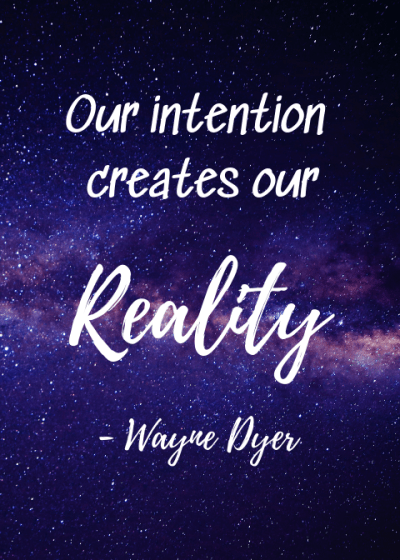 My final piece of advice for writing your first book is BELIEF. Famous spiritual leaders, like Wayne Dyer, talk about the power of intention: believe it and you can become it. Our thoughts shape our actions and our actions and behaviors shape our outcomes. Writing starts out with the bold, audacious and completely true belief, that we all have a story within us. The Henry Ford quote, “whether you think you can do something or not, you are correct,” is spot on here. In fact, I am such an advocate of self belief that the final line of my book reads: “BELIEVE, BELIEVE, BELIEVE!” So in the words of Joseph Cambell, “follow your bliss” and let the world hear your voice. I look forward to reading your first book and would be honored to be part of your launch team!
My final piece of advice for writing your first book is BELIEF. Famous spiritual leaders, like Wayne Dyer, talk about the power of intention: believe it and you can become it. Our thoughts shape our actions and our actions and behaviors shape our outcomes. Writing starts out with the bold, audacious and completely true belief, that we all have a story within us. The Henry Ford quote, “whether you think you can do something or not, you are correct,” is spot on here. In fact, I am such an advocate of self belief that the final line of my book reads: “BELIEVE, BELIEVE, BELIEVE!” So in the words of Joseph Cambell, “follow your bliss” and let the world hear your voice. I look forward to reading your first book and would be honored to be part of your launch team!
